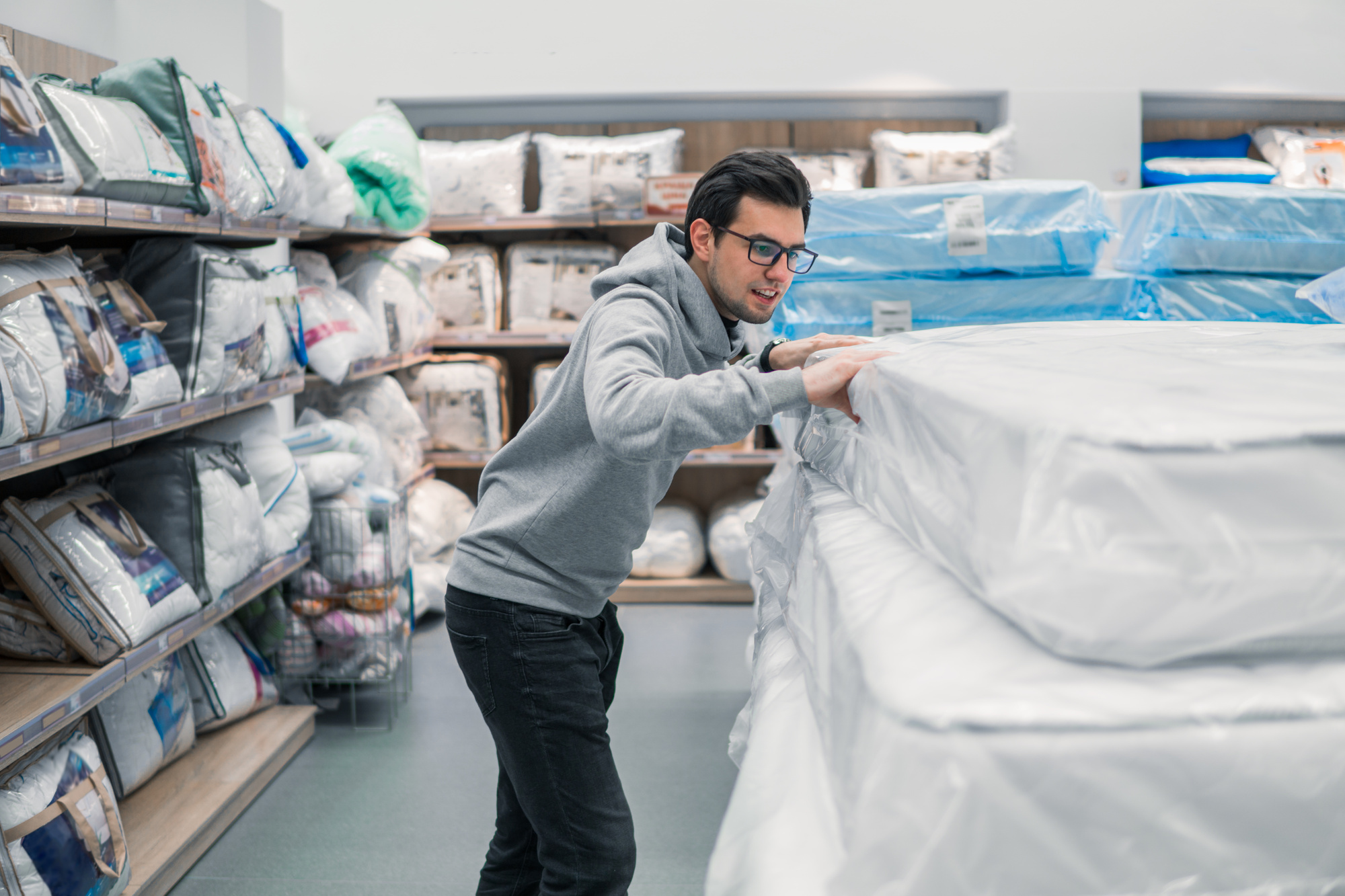Did you know that the American mattress industry generated $16,716.5 million in 2020?
Good sleep hygiene is an important factor in preserving and enhancing our health and wellbeing. A quality mattress plays a significant role in a good night’s sleep, yet many people are unaware of how this important piece of equipment is manufactured.
If you want to know more about the mattress manufacturing process, we’ve put together this easy-to-follow guide.
Read on to learn more.
The Mattress Manufacturing Process
Mattresses have evolved significantly since the 1850s when uniform springs were employed. In the 19th century, the springs were stabilized, resulting in a more robust but firmer mattress.
With millions of units sold worldwide each year, manufacturers are always looking to leverage current technology. This can help streamline the mattress-making process.
Most manufacturers either subcontract innerspring mattress manufacturing or purchase from a specialist supplier. However, there has recently been more competition between the spring and foam mattress, due to foam’s increased comfort and support.
Mattress Manufacturing Materials
The materials used to make a mattress impact the quality of the user’s sleep. While you may love the way a mattress looks, what counts most is what’s within the mattress.
Whether you prefer a firm surface for greater support, or a softer night’s sleep, understanding what’s inside your mattress is a good idea. Here are a few common mattress materials:
Foam Mattress
Using foam in mattresses can help with pressure point alleviation and temperature regulation. Besides memory foam, which has grown very popular in recent years, other options include viscoelastic foam, polyurethane foam, and gel foam.
Polyester Batting
This material is used to stuff pillow tops and mattress covers. It is cheap, comfortable, and easy to clean. In a hybrid mattress, polyester is sometimes used as a filling material.
Wool
Wool is a natural insulator that can help keep your temperature regular at night. It can give spongy mattresses extra padding and structure.
Cotton
Cotton is soft and breathable, adding softness and comfort to the mattress. Different thread-count cottons provide different finishes for the upholstery.
Quality Control
When it comes to the mattress industry, quality assurance must never be compromised. This keeps customers happy, comfortable, and safe.
Before purchasing a mattress, look for quality control guarantees. A well-established assurance program reduces flaws and gives you peace of mind as the consumer. Quality control should take place at every level of the mattress manufacturing process.
Check out www.drsnooze.com. They stock a range of high-quality mattresses.
Mattress Manufacturing Explained
Everybody wants a great night’s sleep. Choosing a quality mattress is the first step toward that.
By learning a little about mattress manufacturing, you have the opportunity to choose the best types of mattresses for you. We hope this guide has pointed you in the right direction.
Did you find this article helpful? If so, check out the rest of the blog for more topics and discussion.
